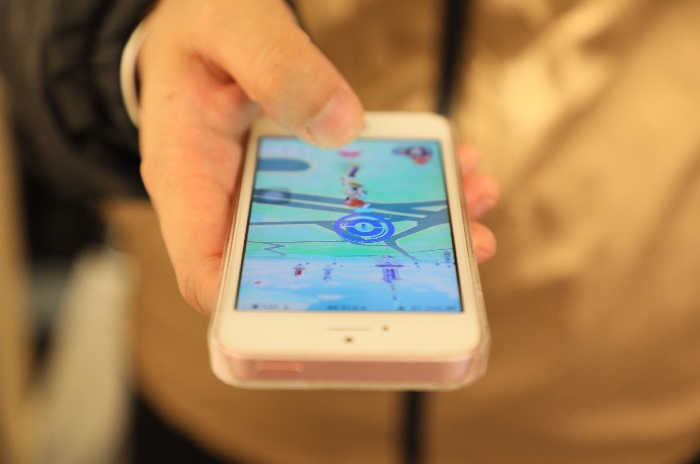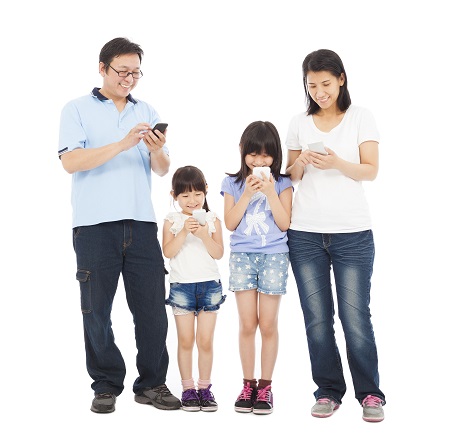The hordes that appeared out of nowhere last summer to play Pokémon Go may have come and gone. But during its peak, even couch potatoes were tempted to hit the streets with their smartphones to hunt superimposed virtual creatures. It seemed that the free augmented-reality game succeeded in getting more people to be active than what traditional health messages and trendy fitness apps and gadgets have been able to achieve. Although Pokémon Go may prove to be a passing fad, what lessons can be learned from the way people played it?


Physical inactivity owing mainly to chair-bound jobs, study and pastimes is contributing to a rising number of overweight and obese adults and children in Hong Kong and in other relatively affluent societies. Doing moderately intensive physical activity regularly can help not only with maintaining a healthy weight, strength and bones and reducing the risk of developing various diseases, it can also help to relieve stress and improve memory and thinking. Yet doing exercise is often eschewed in favour of the easier gratification (or escapism) of sedentary entertainment.
Previous studies have suggested that mobile health apps and mobile “exergames” (apps that require the player to be physically active when playing the game) show promise in helping people to adopt healthier behaviours or to be physically active. Another previous study analysed the most popular mobile apps from a global app store and identified 3 key features that they tended to share: relatively high playing autonomy, such as in the control of a virtual avatar; challenge in the form of in-game points and rewards that can be reaped by effort and increasing skill; and opportunities to interact with other users. Noticing that Pokémon Go, a recent GPS-based mobile game designed to be played outdoors but which can be played indoors (and result in smaller progress), also seemed to possess those characteristics, PolyU Research Fellow Dr Fiona Wong Yan-yan decided to find out how Pokémon Go’s release in Hong Kong affected the physical activity of students at PolyU since young adults constitute a large percentage of Pokémon Go players. Dr Wong’s study commenced 28 days after the game’s launch in the city on 25 July 2016.

A total of 644 consenting students completed the study’s online questionnaire. Of them, 37.7% indicated they were still playing Pokémon Go, and thus were deemed as “players”; 27.6% reported they had played Pokémon Go before but not for at least 7 consecutive days, and thus were labelled as “ex-players”; while the remaining 34.6% had never played Pokémon Go, and were designated as “non-players.” Data about the Pokémon Go playing behaviour of “players” during the past 7 days and about the playing behaviour of “ex-players” when they were still playing the game were analysed.
Dr Wong, who was affiliated with the university’s Faculty of Health and Social Sciences at the time of the study, found that although “players” and “ex-players” spent a similar amount of time each day playing Pokémon Go, there were significant differences in their playing patterns.
About half of the “players” (51.1%) played the game outdoors sometimes or most of the time, while less than a third of the “ex-players” (29.2%) had played the game outdoors sometimes or most of the time. In addition, 42.8% of the “players” indicated they walked or jogged sometimes or most of the time to specific locations to catch Pokémon creatures, to visit Pokéstops to collect Pokéball (for capturing and storing Pokémon) and other items, or to go to Gyms to pit their Pokémon in battle against other players’ Pokémon, while only 26.9% of the “ex-players” had done so. Moreover, walking or jogging is needed to hatch eggs. The study found that 30.9% of the “players” would walk or jog sometimes or most of the time to hatch eggs, whereas only 12.9% of the “ex-players” reported they had done so. Furthermore, 31.3% of the “players” walked or jogged for more than 20 mins a day to catch Pokémon or to go to Pokéstops or Gyms, while only 21.3% of “ex-players” did so.
The respondents who never or rarely walked or jogged before they took up playing Pokémon Go saw the biggest increase in physical activity, which suggested the increase was due to their playing the game. Interestingly, they walked or jogged a total of 108 mins per week on average when playing the game — 10 mins longer than the average for “players” as a whole. If a normally sedentary respondent weighs 60 kg, he or she would be burning 357 kcal — about the same amount of calories in a basic hamburger and a can of cola — if he or she walked at a moderate pace for 108 mins.
The average of 108 mins of walking or jogging by the normally sedentary respondents and the average of 98 mins by the “players” when playing the game are still about a third short of the recommended minimum weekly total of 150 mins (or 2 hrs 30 mins) of moderate physical activity and likely to be less than moderate in intensity for the whole time. However, previous studies have shown that doing less-than-moderate physical activity each week for less than the recommended total duration was still beneficial and correlated with longer life expectancy and reduced lifetime spending on medical costs.
It is difficult to generalise the students’ playing behaviour to the general population. However, the apparent success of the game shortly after its launch in motivating normally sedentary people to voluntarily walk or jog to play the game is worth exploring further to see how mobile-phone games and exergames can help sedentary people begin to be physically active, since conventional health messages and specialised fitness apps and gadgets may only attract people who are already interested in being healthier.






